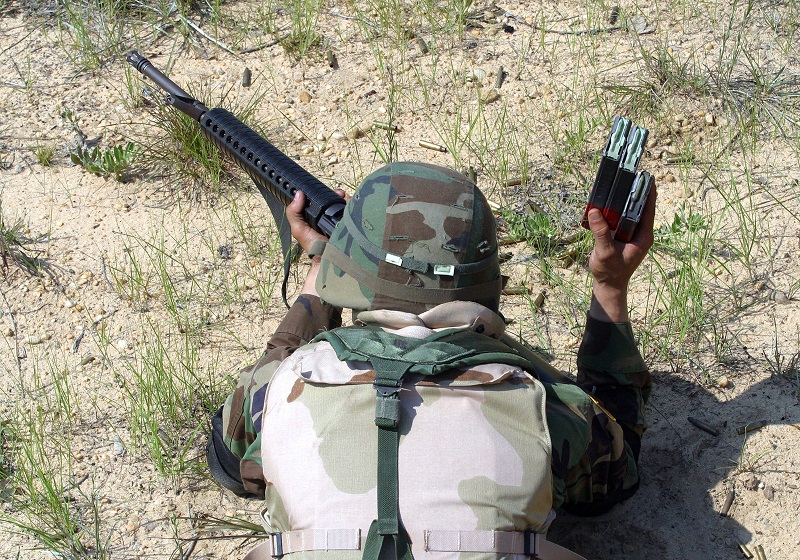
This post is also available in:
 עברית (Hebrew)
עברית (Hebrew)
A new personal protection gear designed for US soldiers has failed to meet ballistic protection requirements. The US Army’s new Soldier Protection System (SPS) has been billed as a lighter and more powerful replacement for the service’s existing personal protective equipment.
However, a recent evaluation from the Defense Department’s top weapons tester suggests the next-generation system has a long way to go before it can be trusted to reliably protect soldiers downrange.
The SPS is a suite of personal protection subsystems intended to, at a reduced weight, provide equal or increased levels of protection against small-arms and fragmenting threats compared to existing personal protection equipment.
The SPS subsystems are designed to protect a soldier’s head, eyes, and neck region; the vital torso and upper torso areas, as well as the extremities; and the pelvic region.
According to a new analysis from the Pentagon’s operational testing and evaluation arm, the Army tested the lightweight Generation III Vital Torso Protection (VTP) armor plate inserts that, when added into the system’s new Modular Scalable Vest, will offer the first line of protection for soldiers against ballistic threats.
Together, the lightweight plates reportedly achieve a 7-14 percent weight reduction over the current armor plates issued to soldiers downrange. During initial testing, various versions of three out of four of the armor plates failed to meet ballistic protection requirements.
The report said that the Army should continue the testing. In other words, the plates may weigh a little less, but don’t count on them to stop incoming rounds — which is their one job, according to taskandpurpose.com.
First unveiled in 2016, soldiers are currently receiving certain SPS components through the Army Rapid Fielding Initiative, and the service plans on fielding the complete SPS system to the close combat force in the immediate future, upon completion of testing.

























